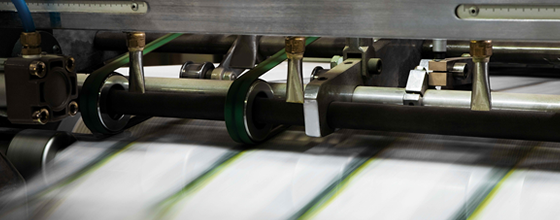Main menu
One of North America’s largest commercial printers

Opportunity
One of North America's largest commercial printers sought to improve the efficiency of its highly specialized and complex binding lines used for assembling and mailing magazines.
The firm's leaders noted that this core business process, involving high-value, specialized equipment, was managed suboptimally. Moreover, it was potentially risky that only a few Subject Matter Experts fully understood the process and machines. Management saw opportunities to improve the machine's utilization, minimize set-up time, provide more options for smaller customers, and increase overall profits.
Approach
Because the scheduling challenge was so complex, Princeton Consultants employed a symbiotic decision process in which the schedulers and the optimizing software worked together and interactively. Our team devised an “algorithm of algorithms,” which evaluated the situation and decided which of several other algorithms was most likely to produce the best solution, given the production constraints. Once the selected algorithm had been applied, it recommended a scheduling solution for the human schedulers to review and approve. Now, if schedulers see a problem, they can adjust the constraints and rerun the optimization program for a quick alternative.
Complexities
- Human in the Loop: understand all of the complexities from the subject matter experts and provide recommendations in a form the scheduler can validate and will accept
- Static Dynamic: Allow the human schedulers to gain the best of an optimized schedule based on available data, and enable flexibility and overrides for conditions not reflected in the computerized data (e.g., equipment breakdowns, repair staff availability)
Results
An average 10% reduction in machine stoppages and changeovers. The improved efficiency increased printing capacity without any additional capital investments. The improved bundling generated lower postal rates, which allowed the company to increase the competitiveness of its bids. In 2010, the company acquired its main competitor.